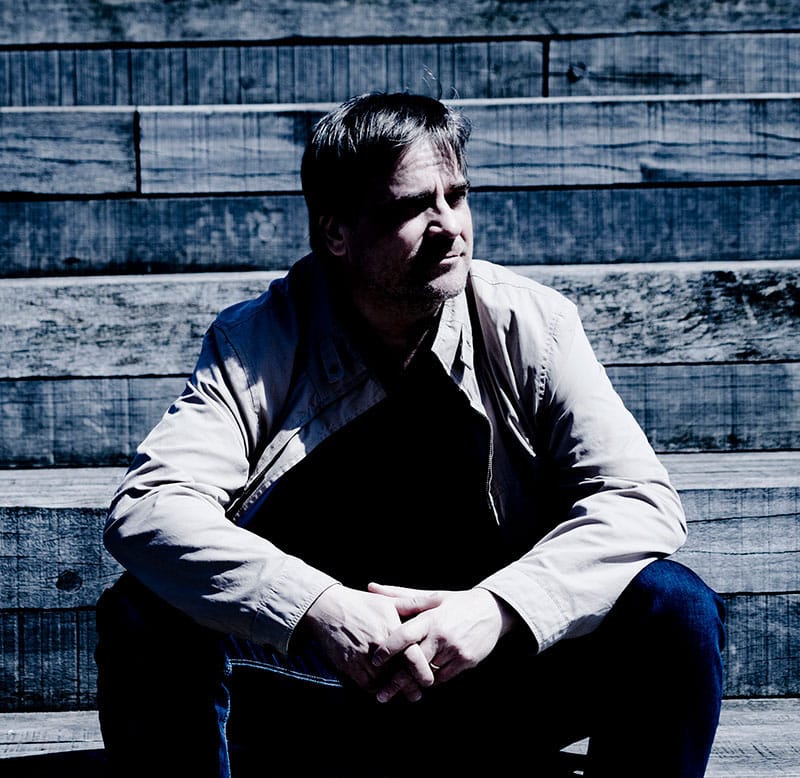Prom 16: Miller and Shostakovich

PROM 16: Cassandra Miler, Shostakovich. Lawrence Power (viola); BBC Philharmonic / John Storgårds (conductor). Royal Albert Hall, London, 31.07.2024
Cassandra Miller I cannot love without trembling (Viola Concerto, 2023)
Shostakovich Symphony No. 4 in C minor, Op. 43 (1935/6)
So to my first Prom of the season and my first experience of the music of Cassandra Miller. Born and raised in Canada. She has spent most of hr mature life in Europe; she lists Mochael Finnissy as one of her teachers. Her music takes inspiration from a wide range of musics, from Callas’ ‘Vissi d’arte’ to the Mozambiqucan musician Zhukake Masingi to, in the present instance, the violinist Alexis Zoumbas and his ‘moiroloi’: improvisatory music characterised by its keening gestures themselves anchored in the funeral laments of the women of Epirus.
Miller states that ‘this concerto is about the basic human need to lament, that is, to speak the distance and sing the separation’. Each section is headed by a quotation from the French philosopher Simone Weil (1909-43): four ‘verses’ followed by a cadenza. So far, so promising. A hint of a sense of the ancient, and of a musical examination of the need to release. The title of the piece comes from ‘verse 2’; the others are ‘To love purely is to consent to distance’; ‘Buried deep under the sound of his own lamentations is the pearl of the silence of God’; ‘Absolutely unmixed attention is prayer,’ and ‘Stars and blossoming fruit trees utter permanence and extreme fragility give us an equal sense of eternity’.
All of which is quite a long introduction to this BBC co-commission with Brussels Philharmonic, National Arts Centre (Ottawa) and the Scottish Chamber Orchestra. Having Lawrence Power as soloist is luxury casting. And Power’s control of his instrument ceded to none. Expressive in his keenings, completely in control of the much-used upper register and exuding a complete understanding of Miller’s soundworld, this was a consummate performance.
If only the music lived up to the promise of its premise. Miller has a keen ear for atmosphere and colour combinations (solo clarinet and viola alone particularly noteworthy). And the musical surface strikes me as ‘white’: pure, elusive. But for music born of such lofty ideas, depth is missing. There are lots of moments of unrest (bass drum rumbles, restless percussion), plus a strikingly avian piccolo. But the piece is 25 minutes long, and could easily survive at just 15. It felt distended, even with performers of this calibre to show its best light. Storgårds was there with his soloist 100% of the time; the BBC Philharmonic gave their all; Power was beyond criticism. But a meditation on loss needs to cut to the heart, and this did not.
It is a cause for celebration, though, that Shostakovich’s Fourth Symphony seems to be getting recognition as the masterpiece it so clearly is. It is no easy masterpiece though: it leans in its complexities and uncompromising tuttis and cacophonies much more towards that composer’s Second and third Symphonies than to the perennially popular Fifth. The genesis of the Fourth was a tortured one in itself: rehearsals in 1936 were stopped and it was not heard until 1961.
I can count on the fingers of one hand the number of times I have heard this live, although the first, with the Hallé, as a defining moment in my appreciation of the power of an orchestra (February 1983, Arvid Jansons). The symphony’s shape is fascinating: two massive movements bookending a slip of a Scherzo (a slip comparatively speaking, anyway).
Storgårds understands the symphony’s gestural manner and its inclusion of a variety of references: marches and Mahler loom the most. The BBC Philharmonic’s lower strings have more heft than of yesteryear, which is perfectly appropriate to Shostakovich.
And yet, for all its technical excellence and plethora of solo contributions (Roberto Giaccaglia’s bassoon and leader Zoë Beyers amongst them) and some superb section playing (violas at the opening of the second movement), this performance did not quite overwhelm. Cacophonies were loud tuttis (but never uncomfortably so); extreme contrasts were more marked contrasts. Frenzied counterpoint became rigorous counterpoint. Tension sagged a little in the finale. The white heat was turned down, the emotional discomfort withheld.
This Prom promised much, but frankly under-delivered.
